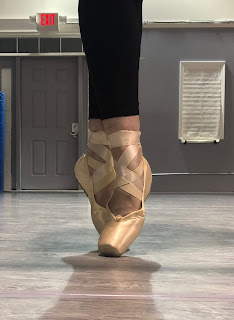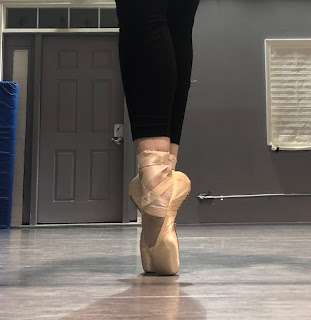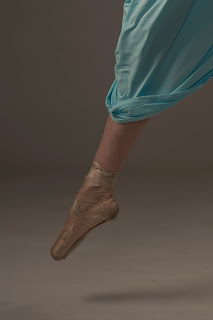Being an Artist and Being Paid
We live in a day and age where there are so many individuals who claim to be a model or a photographer when the reality is this: There are so many "Instagram Models and Photographers" out there who simply post bathroom selfies or claim to be professional. There are so many GWC's (guys/girls with cameras) out there who in reality have no idea what they are doing and are just doing it to shoot naked bodies. Sadly, the fact is that these types of individuals over-saturate the industry and lower the market value for all of us. Here are two direct examples:
A couple of my photographer friends are absolutely excellent at wedding photography. They have an incredibly unique skill set that they have spent years mastering. They have thousands of dollars in equipment and are masters at editing. They are also not cheap! However, next to them is the GWC who lacks the skill set and equipment to accurately shoot a wedding but also only charges 300 dollars. The bride makes the mistake of going with the cheap alternative and ends up with appalling shots of her wedding she regrets her entire life. What does the professional photographer do? Lower their prices because of this over-saturation of stupidity in the market…
As a model, people write to me daily, expecting me to work for free (TFP or Trade For Prints). I tell them my rates which are extremely reasonable given my level of professionalism, time in the industry, and unique skill set as a professional dancer, ballerina, and aerialist. I never hear back from them. Nothing usually. Not even a polite response back. They would instead hire the "Instagram Model" who is willing to work for basically nothing… and is further prepared to take all their clothes off. In most cases, these people do not care about quality...which brings me to my next point….
QUALITY ARTISTS IN ALL ASPECTS OF THE INDUSTRY SHOULD BE PAID FOR THEIR WORK. If you want beautiful images… if you're going to work with a professional… hire them. In the end, the money is worth it, as the quality is crucial. If you see a person consistently posts quality work that you adore and admire than consider hiring them.
To all my Talented Fellow Artists out there; know your worth. Stop accepting jobs for free or for limited exposure. When you continually work for free, or for less than what you deserve, you lower the market value for all of us. I experience this in the dance world as well...just recently I was asked to do a gig downtown, and the pay rate was awful...long story short I tried to negotiate a reasonable pay rate, and they decided to hire someone else who would accept the terrible pay. If we all stuck together, this would happen a lot less. I encourage all my dance friends to do this. Just as I encourage models to stop taking their clothes off for free. I also encourage several of my photography friends who are ridiculously talented to stop continually working for free. You know who you are!
I will be writing a separate blog about TFP Vs. Paid Shoots. a.k.a when to decide to shoot TFP.
I lastly, want to note I will be writing another article about knowing who your target audience/ target market is. To a degree, some of this over-saturation can be avoided if your target market/audience is at the higher end of the economic class. A person who has a zillion dollars to spend on their wedding is not even going to consider hiring a photographer with the lower rate and skill set. They have the disposable income to spend more for the higher quality and thus will only seek people in this rate range- the more expensive photographers.
Stay tuned for these upcoming blogs:)
















